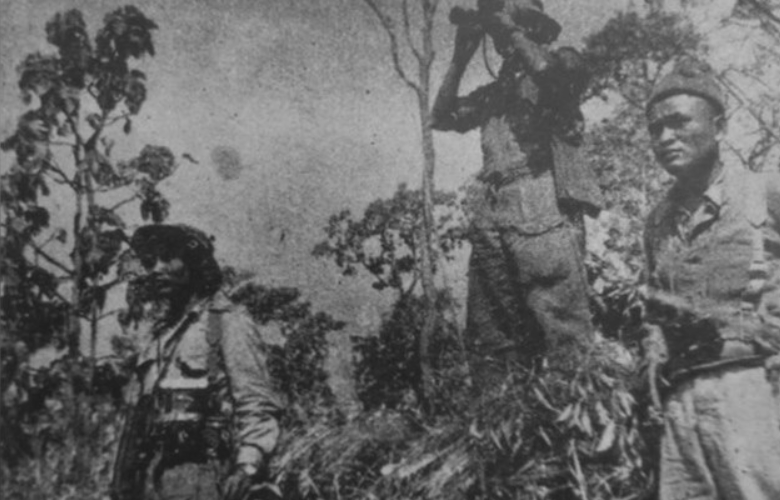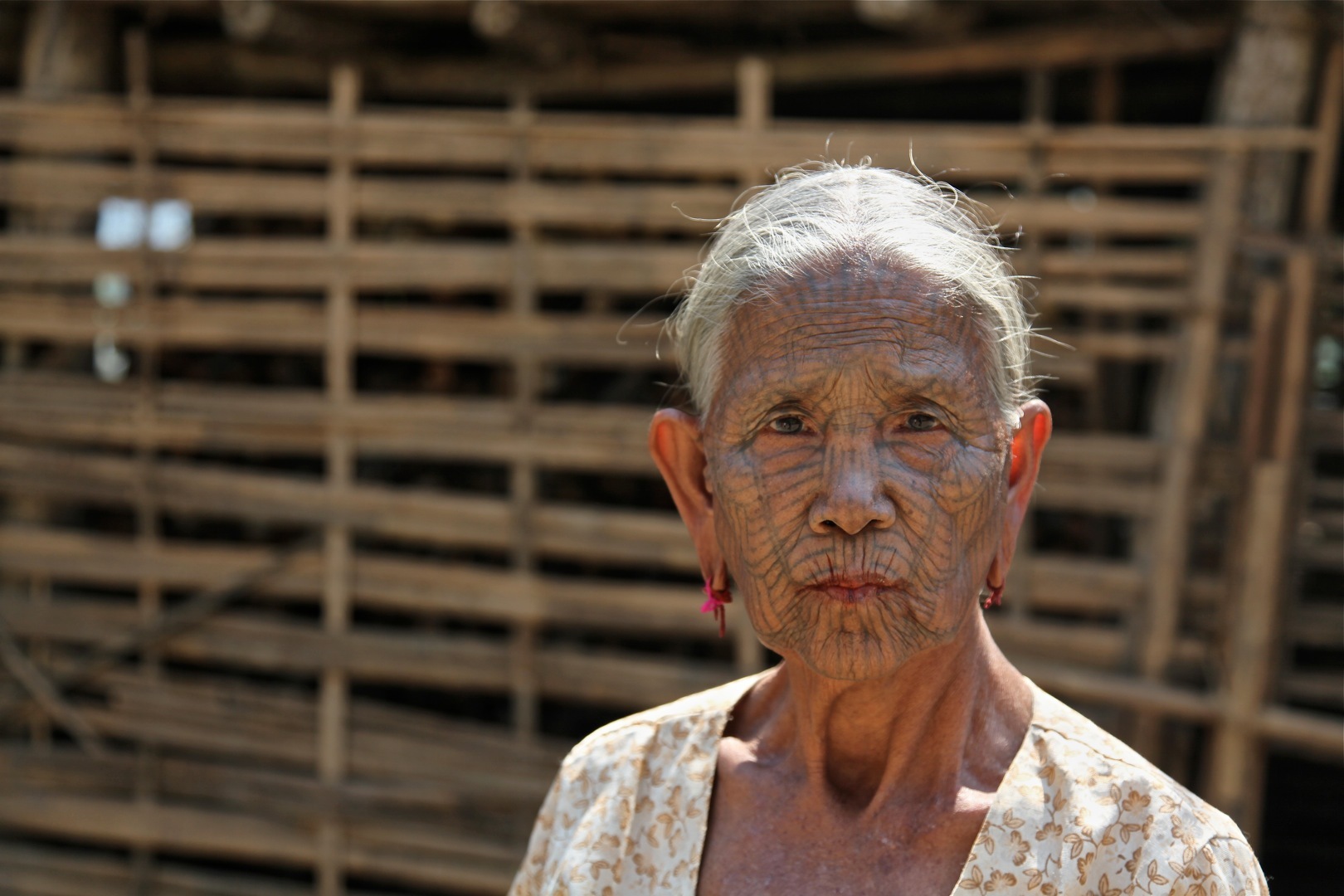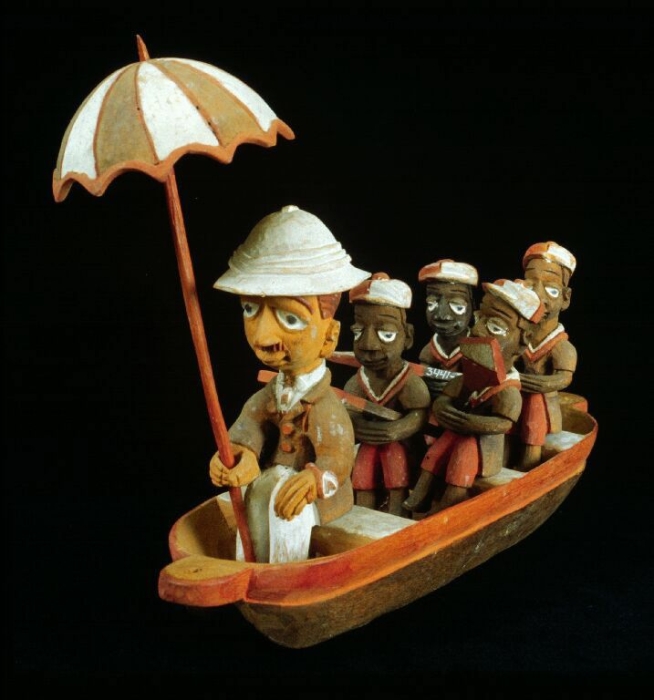|
Lost Army
The Kuomintang in Burma ( zh, t=泰緬孤軍, p=Tài Miǎn gūjūn, l=Thailand–Burma orphaned army) were Kuomintang (Chinese Nationalist Party) troops that fled from Communist-controlled China to Burma in 1950 after their defeat by the Communists in the Chinese Civil War. Officially the Yunnan Anti-communist National Salvation Army (sometimes referred to in English as the "Lost Army"), the Chinese Nationalist troops in Burma were commanded by General Li Mi. It attempted several incursions into Yunnan in the early 1950s, only to be pushed back into Burma each time by the Chinese Communist Party's People's Liberation Army. The entire campaign, with logistical support from the Republic of China (which had retreated to Taiwan), the United States, and Thailand, was controversial from the start. It not only violated Burmese sovereignty and destabilized the political situation in the fledgling Burmese state, but also saw the KMT's involvement in the region's lucrative opium trade. ... [...More Info...] [...Related Items...] OR: [Wikipedia] [Google] [Baidu] |
Emblem Of The Kuomintang
An emblem is an abstract or representational pictorial image that represents a concept, like a moral truth, or an allegory, or a person, like a king or saint. Emblems vs. symbols Although the words ''emblem'' and ''symbol'' are often used interchangeably, an emblem is a pattern that is used to represent an idea or an individual. An emblem develops in concrete, visual terms some abstraction: a deity, a tribe or nation, or a virtue or vice. An emblem may be worn or otherwise used as an identifying badge or patch. For example, in America, police officers' badges refer to their personal metal emblem whereas their woven emblems on uniforms identify members of a particular unit. A real or metal cockle shell, the emblem of St. James the Apostle, sewn onto the hat or clothes, identified a medieval pilgrim to his shrine at Santiago de Compostela. In the Middle Ages, many saints were given emblems, which served to identify them in paintings and other images: St. Catherine h ... [...More Info...] [...Related Items...] OR: [Wikipedia] [Google] [Baidu] |
1960–61 Campaign At The China–Burma Border
The Campaign at the China–Burma border ( zh, s=中缅边境作战, t=中緬邊境作戰) was a series of battles fought along the China–Burma border after the Chinese Civil War, with the communist People's Republic of China (PRC) and the Union of Burma on one side and the nationalist forces of the Republic of China (ROC) on the other. The government of the PRC refers to the campaign as the China–Burma border demarcation and security operation ( zh, s=中缅边境勘界警卫作战, t=中緬邊境勘界警衛作戰, links=no). Background After the 1949 Chinese Communist Revolution, some surviving nationalist forces withdrew to Burma and continued to fight. Under international pressure, the nationalist government in Taiwan withdrew its surviving forces (totalling over 6,500 troops) on the China–Burma border in May 1954. However, many ardent nationalists refused to retreat to Taiwan and decided to stay in Burma to continue the anti-communist fight. To better lead ... [...More Info...] [...Related Items...] OR: [Wikipedia] [Google] [Baidu] |
Mon People
The Mon ( mnw, ဂကူမည်; my, မွန်လူမျိုး, ; th, มอญ, ) are an ethnic group who inhabit Lower Myanmar's Mon State, Kayin State, Kayah State, Tanintharyi Region, Bago Region, the Irrawaddy Delta, and several areas in Thailand (mostly in Pathum Thani province, Phra Pradaeng and Nong Ya Plong). There are also small numbers of Mon people in West Garo Hills, calling themselves Man or Mann, who also came from Myanmar to Assam, ultimately residing in Garo Hills. The native language is Mon, which belongs to the Monic branch of the Mon-Khmer language family and shares a common origin with the Nyah Kur language, which is spoken by the people of the same name that live in Northeastern Thailand. A number of languages in Mainland Southeast Asia are influenced by the Mon language, which is also in turn influenced by those languages. The Mon were one of the earliest to reside in Southeast Asia, and were responsible for the spread of Theravada Bu ... [...More Info...] [...Related Items...] OR: [Wikipedia] [Google] [Baidu] |
Karen People
The Karen, kjp, ပ်ုဖၠုံဆိုဒ်, my, ကရင်လူမျိုး, , th, กะเหรี่ยง ( ), also known as the Kayin, Kariang or Kawthoolese, are an ethnolinguistic group of Sino-Tibetan language–speaking peoples. The group as a whole is heterogeneous and disparate as many Karen ethnic groups do not associate or identify with each other culturally or linguistically. These Karen groups reside primarily in Kayin State, southern and southeastern Myanmar. The Karen, approximately five million people, account for approximately seven percent of the Burmese population. Many Karen have migrated to Thailand, having settled mostly on the Myanmar–Thailand border. A few Karen have settled in the Andaman and Nicobar Islands, India, and other Southeast Asian and East Asian countries. The Karen groups as a whole are often confused with the Padaung tribe, best known for the neck rings worn by their women, but t ... [...More Info...] [...Related Items...] OR: [Wikipedia] [Google] [Baidu] |
Chin People
The Chin people (, ) are a Southeast Asian people native to Chin State and its neighbouring states of Myanmar.Head, JonathanBurma's 'abused Chin need help' ''BBC News'', Jan 28, 2009, accessed Jan 28, 2009 The Chin are one of the founding groups (Chin, Kachin, Shan and Bamar) of the Union of Burma. The Chin speak a variety of related languages, share elements of cultures and traditions. According to the British state media BBC News, "The Chin people... are one of the most persecuted minority groups in Burma." These people predominantly live in the Chin State, Bago Division, Ayeyarwady Division, Magwe Division, Rakhine State and Sagaing Region of Myanmar, but are also spread throughout Burma, Bangladesh and India. In the 2014 Burmese ethnic census, the Chin ethnicity was again dismissed by the people of the Chin State. It is to be noted that the Mizo people in Mizoram, India and the Chin are both Chin-Kuki-Mizo people, who share the same history with each other. The difference ... [...More Info...] [...Related Items...] OR: [Wikipedia] [Google] [Baidu] |
Kachin People
The Kachin peoples ( Jingpo: ''Ga Hkyeng'', ; , ), more precisely the Kachin Wunpong (Jingpo: ''Jinghpaw Wunpawng'', "The Kachin Confederation") or simply Wunpong ("The Confederation"), are a confederation of ethnic groups who inhabit the Kachin Hills in Northern Myanmar's Kachin State and neighbouring Yunnan Province, China, as well as Arunachal Pradesh, Assam in Northeastern India. About one million Kachin peoples live in the region. The term Kachin people is often used interchangeably with the main subset, called the Jingpo people in China. The Jingpho language common to many of the Kachin has a variety of dialects and is written with a Latin-based script created in the late nineteenth century. A Burmese script version was subsequently developed. The Singhpo dialect is spoken in Northeast India and Jingpho in Southwest China. Kachin is an ethnicity that comprises various linguistic groups with overlapping territories and integrated social structures. Contemporary usage of K ... [...More Info...] [...Related Items...] OR: [Wikipedia] [Google] [Baidu] |
Sawbwa
Chao-Pha (; Tai Ahom: 𑜋𑜧𑜨 𑜇𑜡, th, เจ้าฟ้า}, shn, ၸဝ်ႈၾႃႉ, translit=Jao3 Fa5 Jao3 Fa5, my, စော်ဘွား ''Sawbwa,'' ) was a royal title used by the hereditary rulers of the Tai peoples of Mong Dun, Mong Shan, Mong Mao, kingdoms of Thai and Tai-Khamti people. According to local chronicles, some fiefdoms of Chao-Pha date from as early as the 2nd century BCE; however, the earlier sections of these chronicles are generally agreed to be legendary. Overview During British colonial rule, there were 14 to 16 Chao-Phas at a time, each ruling a highly autonomous state, until 1922 when the Federated Shan States were formed and the Chao-Phas powers were reduced. However, they nominally kept their positions as well as their courts and still played a role in local administration until they collectively relinquished their titles in favour of the Union of Burma in 1959. Shan is the semi-independent Shan States (Muang, shn, my-Mymr, � ... [...More Info...] [...Related Items...] OR: [Wikipedia] [Google] [Baidu] |
Karenni People
The Karenni ( my, ကရင်နီ, ), also known as the Kayah ( my, ကယားလူမျိုး) or Kayah Li (Karenni: ), are a Karen people native to the Kayah State of Myanmar (Burma). According to a 1983 census, the Karenni consist of the following groups: Kayah, Geko (Kayan Ka Khaung, Gekho, Gaykho), Geba (Kayan Gebar, Gaybar), Padaung (Kayan Lahwi), Bre, Manu-Manau (Manumanao), Yintale, Yinbaw, Bwe and Pa'O. Several of the groups (Geko, Geba, Padaung, Yinbaw) belong to Kayan, a subgroup of Karenni. The groups Bre and Manu-Manau belong to the Kayaw subgroup. Karenni States The Karenni States were a collection of small states inhabited by Karenni people, ruled by petty princes named ''myozas''. These included Kantarawadi, the only state whose ruler was promoted to a ''saopha'' or sawba, Kyebogyi, Bawlake, Nammekon and Naungpale. They were independent until British rule in Burma, and had feudal ties to the Burmese kingdom. The states bordered the Shan Stat ... [...More Info...] [...Related Items...] OR: [Wikipedia] [Google] [Baidu] |
Shan People
The Shan people ( shn, တႆး; , my, ရှမ်းလူမျိုး; ), also known as the Tai Long, or Tai Yai are a Tai ethnic group of Southeast Asia. The Shan are the biggest minority of Burma (Myanmar) and primarily live in the Shan State of this country, but also inhabit parts of Mandalay Region, Kachin State, and Kayin State, and in adjacent regions of China ( Dai people), Laos, Assam (Ahom people) and Thailand. Though no reliable census has been taken in Burma since 1935, the Shan are estimated to number 4–6 million, with CIA Factbook giving an estimate of five million spread throughout Myanmar which is about 10% of the overall Burmese population. 'Shan' is a generic term for all Tai-speaking peoples within Myanmar (Burma). The capital of Shan State is Taunggyi, the fifth-largest city in Myanmar with about 390,000 people. Other major cities include Thibaw (Hsipaw), Lashio, Kengtung and Tachileik. Etymology The Shan use the endonym Tai (တႆး) in r ... [...More Info...] [...Related Items...] OR: [Wikipedia] [Google] [Baidu] |
Constitution Of Myanmar
The Constitution of the Republic of the Union of Myanmar ( my, ပြည်ထောင်စုသမ္မတမြန်မာနိုင်ငံတော် ဖွဲ့စည်းပုံအခြေခံဥပဒေ, links=, translit=) is the supreme law of Myanmar. Myanmar's first constitution adopted by constituent assembly was enacted for the Union of Burma in 1947. After the 1962 Burmese coup d'état, a second constitution was enacted in 1974. The country has been ruled by military juntas for most of its history. The 2008 Constitution, the country's third constitution, was published in September 2008 after a referendum, and came into force on 31 January 2011. The Tatmadaw (Myanmar Armed Forces) retain significant control of the government under the 2008 constitution. 25% of seats in the Parliament of Myanmar are reserved for serving military officers. The ministries of home, border affairs and defense have to be headed by a serving military officer. The mili ... [...More Info...] [...Related Items...] OR: [Wikipedia] [Google] [Baidu] |
Indirect Rule
Indirect rule was a system of governance used by the British and others to control parts of their colonial empires, particularly in Africa and Asia, which was done through pre-existing indigenous power structures. Indirect rule was used by various colonial rulers: the French in Algeria and Tunisia, the Dutch in the East Indies, the Portuguese in Angola and Mozambique and the Belgians in Rwanda and Burundi. These dependencies were often called "protectorates" or "trucial states". By this system, the day-to-day government and administration of areas both small and large were left in the hands of traditional rulers, who gained prestige and the stability and protection afforded by the Pax Britannica (in the case of British territories), at the cost of losing control of their external affairs, and often of taxation, communications, and other matters, usually with a small number of European "advisors" effectively overseeing the government of large numbers of people spread over extensive ... [...More Info...] [...Related Items...] OR: [Wikipedia] [Google] [Baidu] |
British Raj
The British Raj (; from Hindi ''rāj'': kingdom, realm, state, or empire) was the rule of the British Crown on the Indian subcontinent; * * it is also called Crown rule in India, * * * * or Direct rule in India, * Quote: "Mill, who was himself employed by the British East India company from the age of seventeen until the British government assumed direct rule over India in 1858." * * and lasted from 1858 to 1947. * * The region under British control was commonly called India in contemporaneous usage and included areas directly administered by the United Kingdom, which were collectively called British India, and areas ruled by indigenous rulers, but under British paramountcy, called the princely states. The region was sometimes called the Indian Empire, though not officially. As ''India'', it was a founding member of the League of Nations, a participating nation in the Summer Olympics in 1900, 1920, 1928, 1932, and 1936, and a founding member of the United Nations in San F ... [...More Info...] [...Related Items...] OR: [Wikipedia] [Google] [Baidu] |
.jpg)







